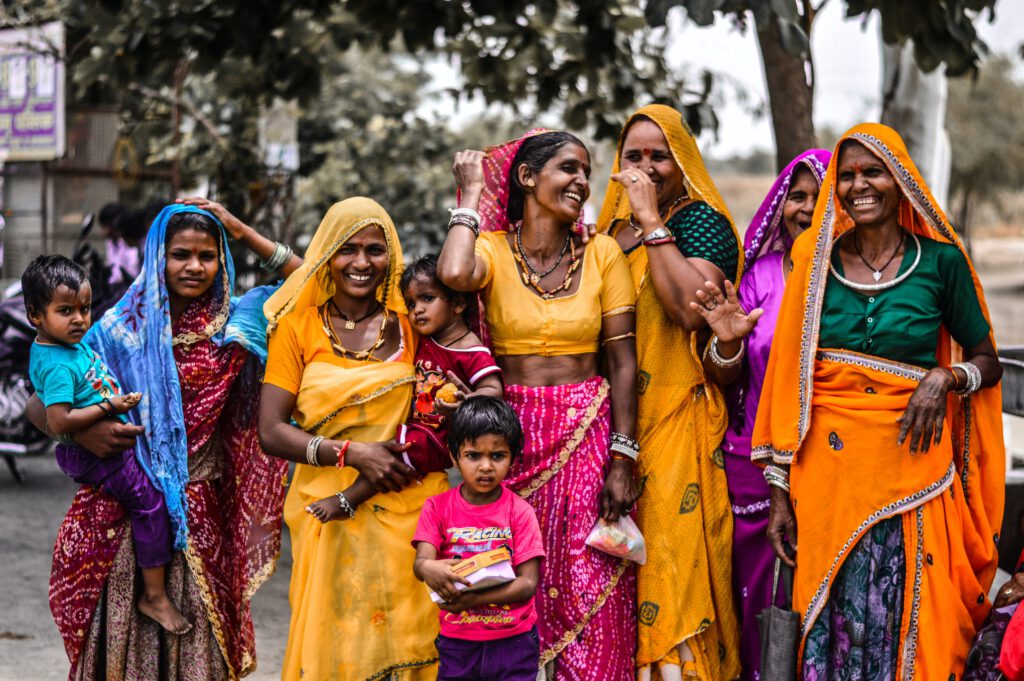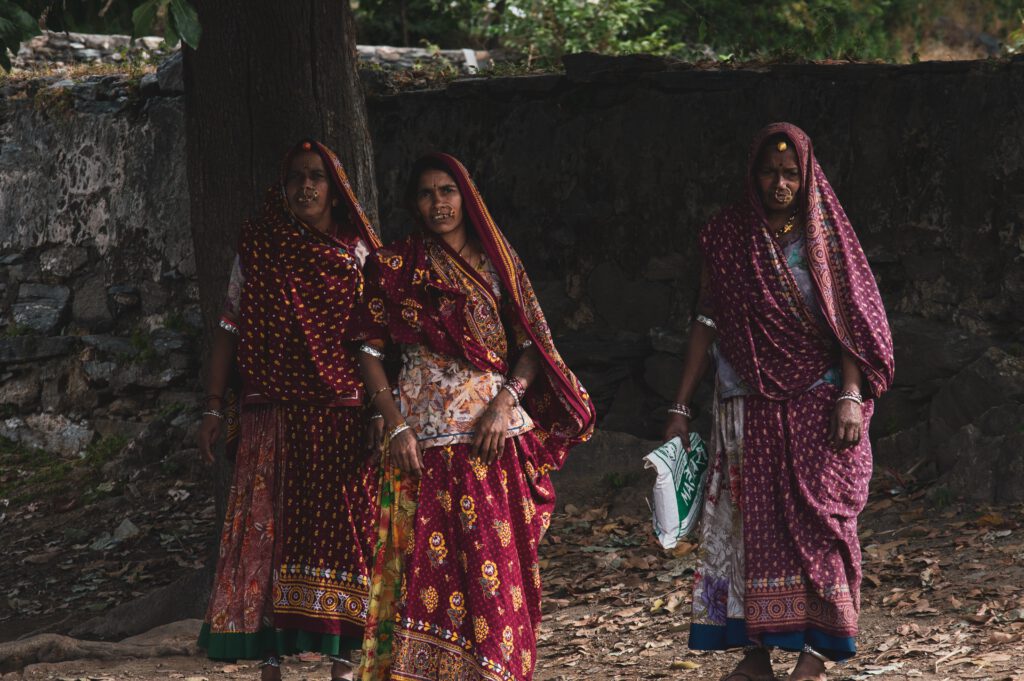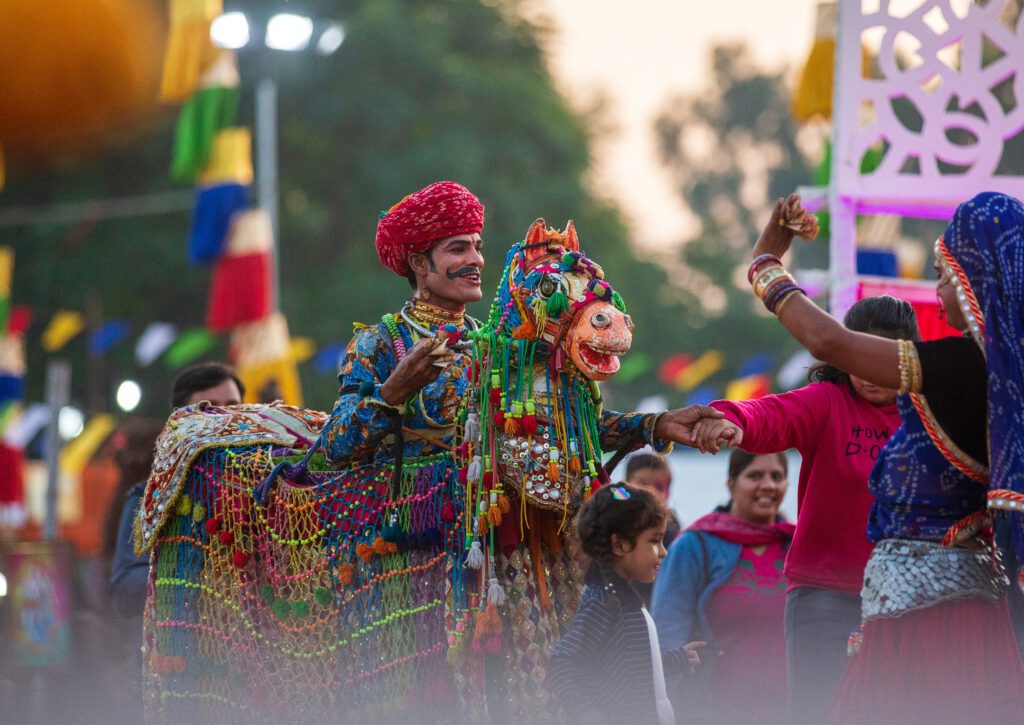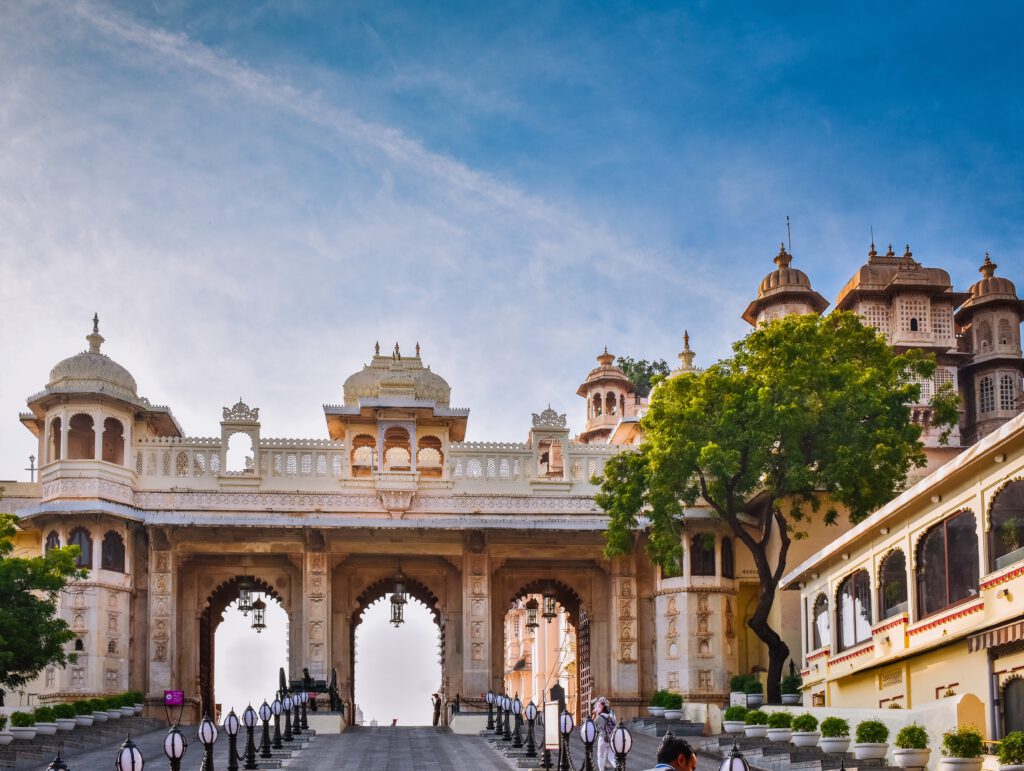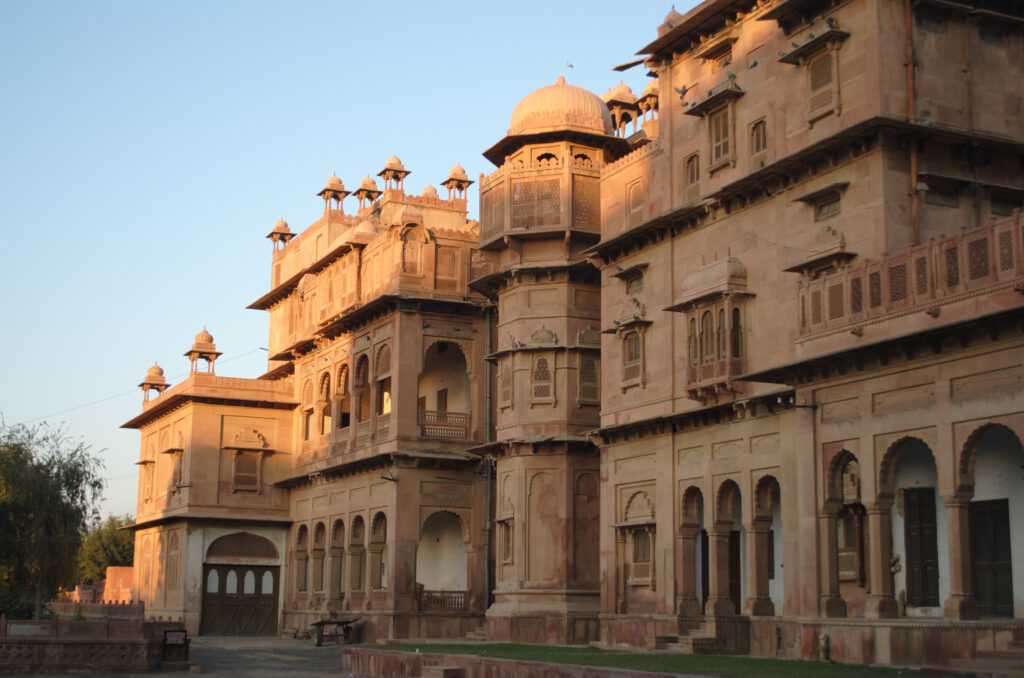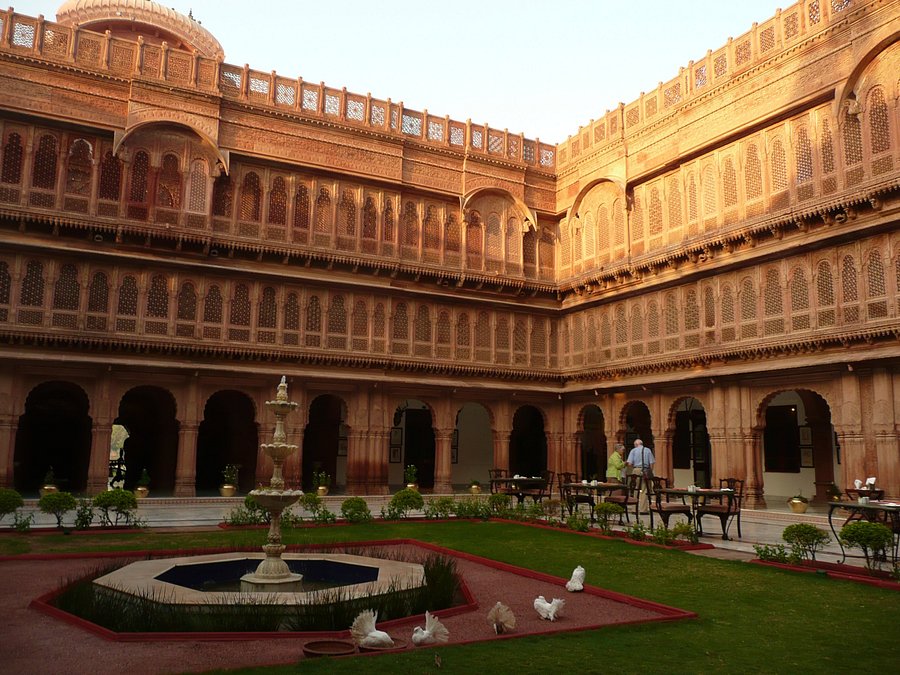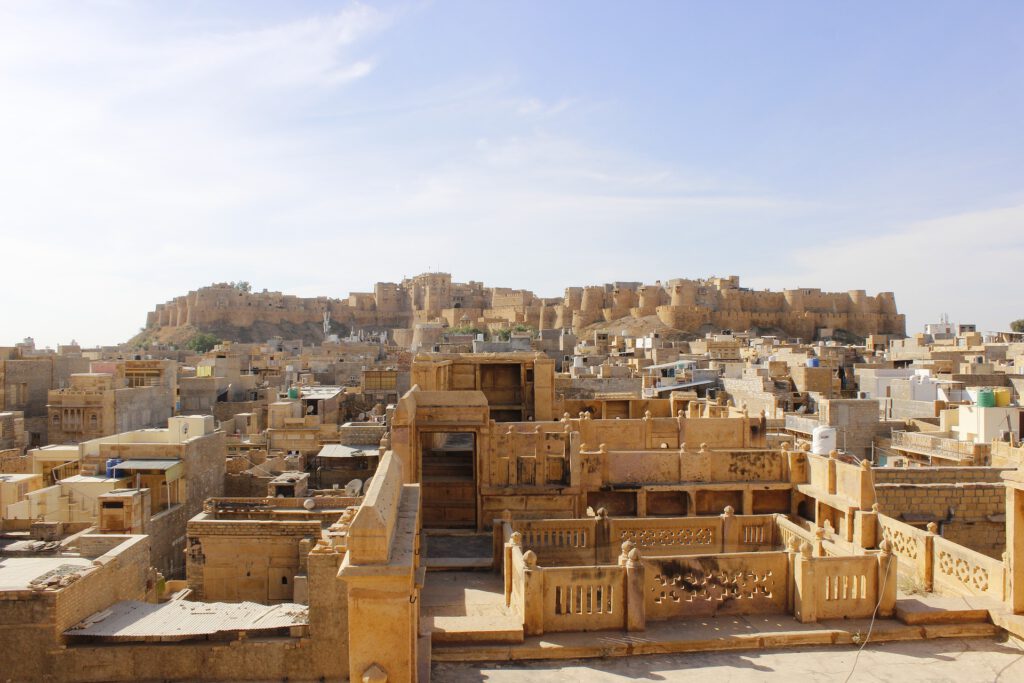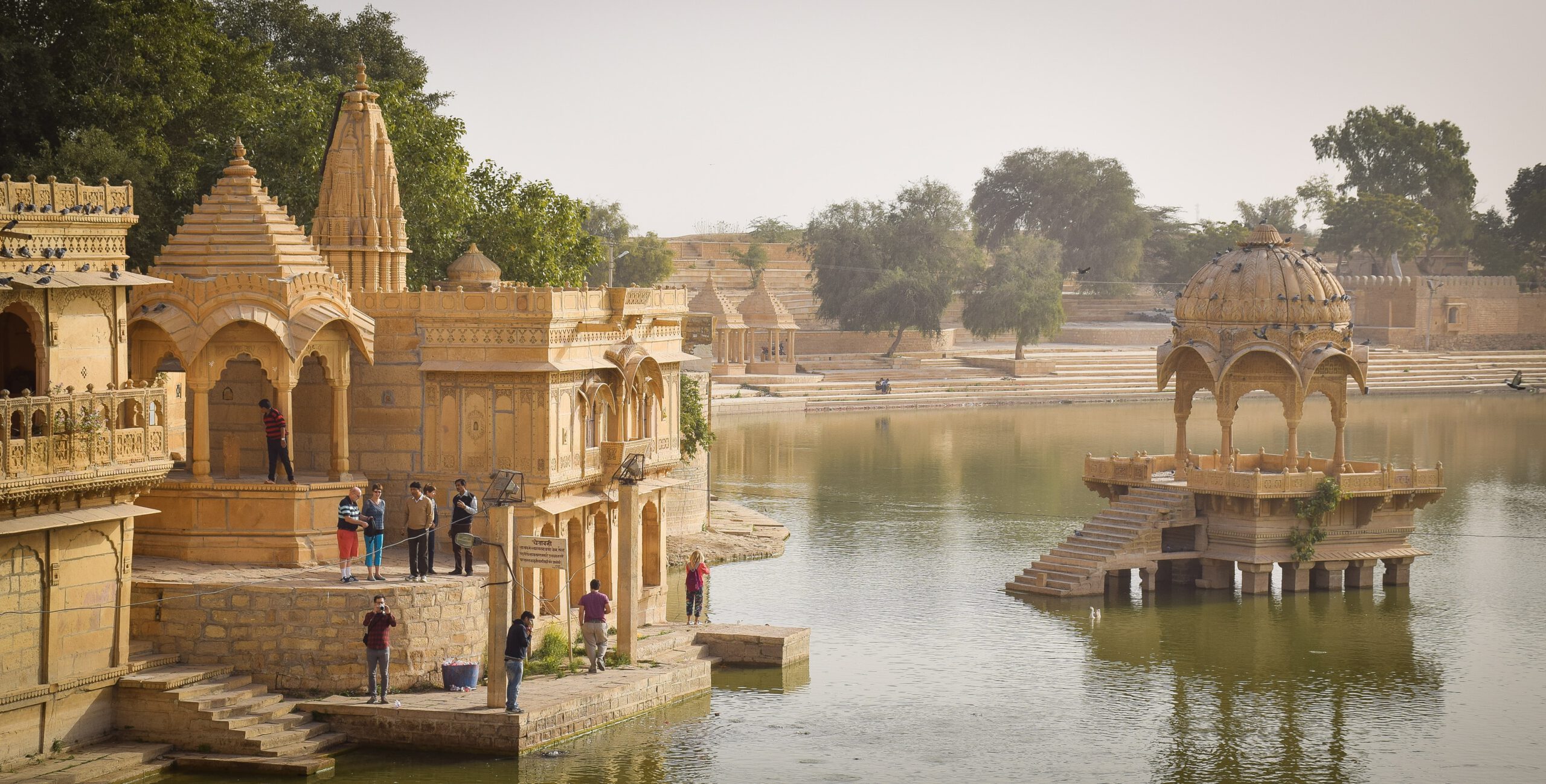

Destinations Unlimited offers handcrafted holidays to suit your taste. Founded with the aim to fill a gap in the bespoke tourism industry in India, we provide personalized travel services that are a twist on the ordinary. Our goal is to make the familiar unexpected!
Together with our team of consultants, we at Destinations Unlimited, curate memorable moments and unique experiences through your entire journey with us. Being travelers ourselves we want you to feel the emotions of a life-changing journey, experience goose bumps as you gaze at a moving sight, capture the candid moments, laugh at the funny ones and then become new people as you head on home.

